adding compost this fall to prep for spring...
foodfiend_gardener
9 years ago
Related Stories
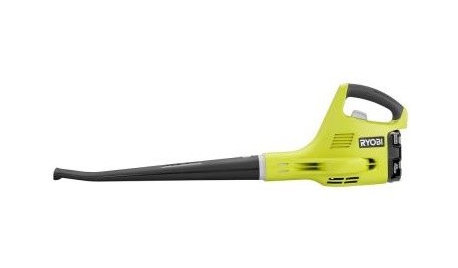
FALL GARDENING8 Must-Have Tools for Fall Backyard Prep
Autumn outdoor work feels overwhelming, but these handy tools can keep it under control
Full Story
GARDENING GUIDESHow to Prep Your Ground for a Healthy New Lawn
Seed or sod that falls on weedy, lumpy soil is a wasted effort. Follow these steps to ensure that your new lawn will thrive
Full Story
GARDENING GUIDESGet on a Composting Kick (Hello, Free Fertilizer!)
Quit shelling out for pricey substitutes that aren’t even as good. Here’s how to give your soil the best while lightening your trash load
Full Story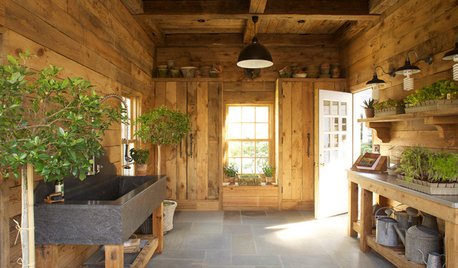
SHOP HOUZZShop Houzz: Prep Your Potting Shed
Create a workspace for every season with a potting bench, storage and garden decor
Full Story0
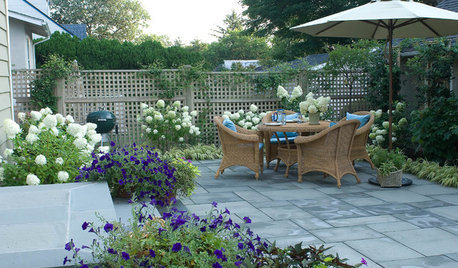
GARDENING AND LANDSCAPINGGet It Done: Clean and Prep the Patio
Haul out the hose and bid cobwebs farewell. It's time to renew your outdoor room for relaxing, dining and entertaining
Full Story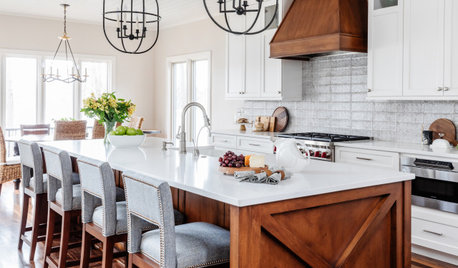
KITCHEN WORKBOOK4 Steps to Get Ready for Kitchen Construction
Keep your project running smoothly from day one by following these guidelines
Full Story
SELLING YOUR HOUSEFix It or Not? What to Know When Prepping Your Home for Sale
Find out whether a repair is worth making before you put your house on the market
Full Story
ENTERTAININGGenius Home Prep: A Guest Room in a Box
No dedicated guest room? Make hosting overnighters easier by keeping the essentials in one place
Full Story
MONTHLY HOME CHECKLISTSYour Checklist for Quick Houseguest Prep
Follow these steps to get your home ready in a hurry for overnight visitors
Full Story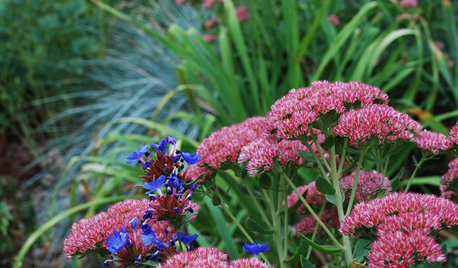
GARDENING GUIDESFall Is Calling: What to Do in Your October Garden
Get a jump on winter prep or just sit back and watch the leaves fall. The beauty of an autumn garden is in all the choices you have
Full Story







grubby_AZ Tucson Z9
Kimmsr
Related Professionals
Arnold Landscape Architects & Landscape Designers · Redondo Beach Landscape Architects & Landscape Designers · Towson Landscape Architects & Landscape Designers · Biloxi Landscape Contractors · Braintree Landscape Contractors · Hickory Hills Landscape Contractors · Paramus Landscape Contractors · Pompano Beach Landscape Contractors · West Haverstraw Landscape Contractors · Crowley Landscape Contractors · Dayton Decks, Patios & Outdoor Enclosures · Hayward Decks, Patios & Outdoor Enclosures · Livingston Decks, Patios & Outdoor Enclosures · Royal Oak Decks, Patios & Outdoor Enclosures · Woodstock Decks, Patios & Outdoor Enclosuresfoodfiend_gardenerOriginal Author
Kimmsr
klem1
subk3
david52 Zone 6
foodfiend_gardenerOriginal Author
prairiechuck1
foodfiend_gardenerOriginal Author